Yemeni Coffee Bean Variety Udini Coffee Bean characteristics Story Flavor introduction to Yemeni mocha Coffee
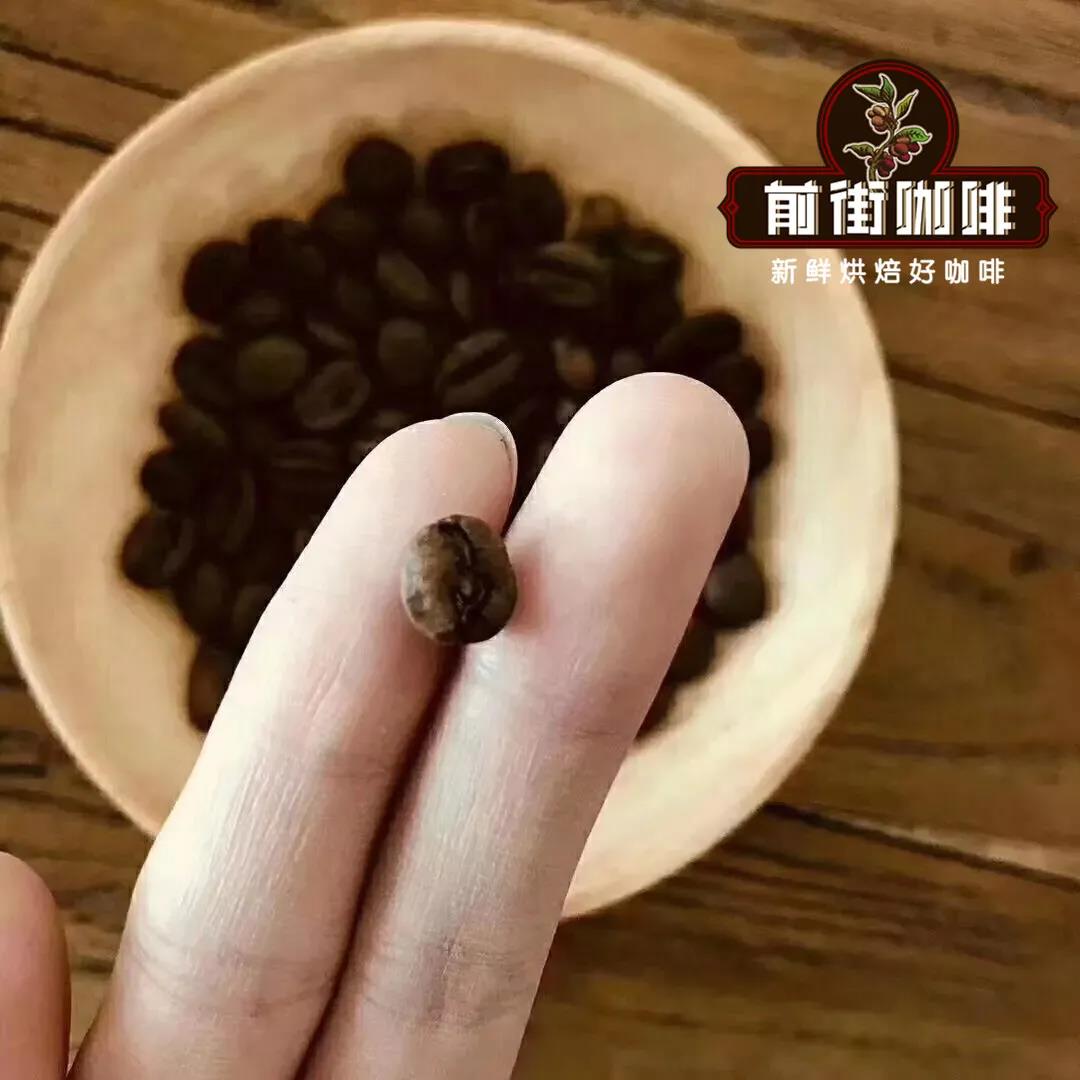
Professional coffee knowledge exchange more coffee bean information please follow the coffee workshop (Wechat official account cafe_style)
Yemen is one of the ancient coffee growers, and the flavor is actually quite wild. Europeans have been obsessed with the wild Yemeni mocha since the 17th century. Yemen has an extremely dry climate with an annual rainfall of 400-750mm. Fortunately, Yemeni coffee genes come from drought-tolerant varieties of Ethiopia, so Yemeni coffee beans have been sun-treated since ancient times, and it is the only full-sun coffee producer in the world. But in recent years, the situation in Yemen has been volatile, and the coffee industry has been hit hard. Qianjie Coffee has the honor of getting coffee beans from Yemen.
The Origin of mocha Coffee in Yemen
Yemen is located at the southwestern tip of the Arabian Peninsula, bordering Saudi Arabia and Oman, bordering the Red Sea, the Gulf of Aden and the Arabian Sea. There are continuous mountains and plateaus in the west and south of Yemen. Hadur Shuaib Peak, which is 3666 meters above sea level, is the highest point in Yemen and Arabian Peninsula, and the northeast is a vast plateau area.
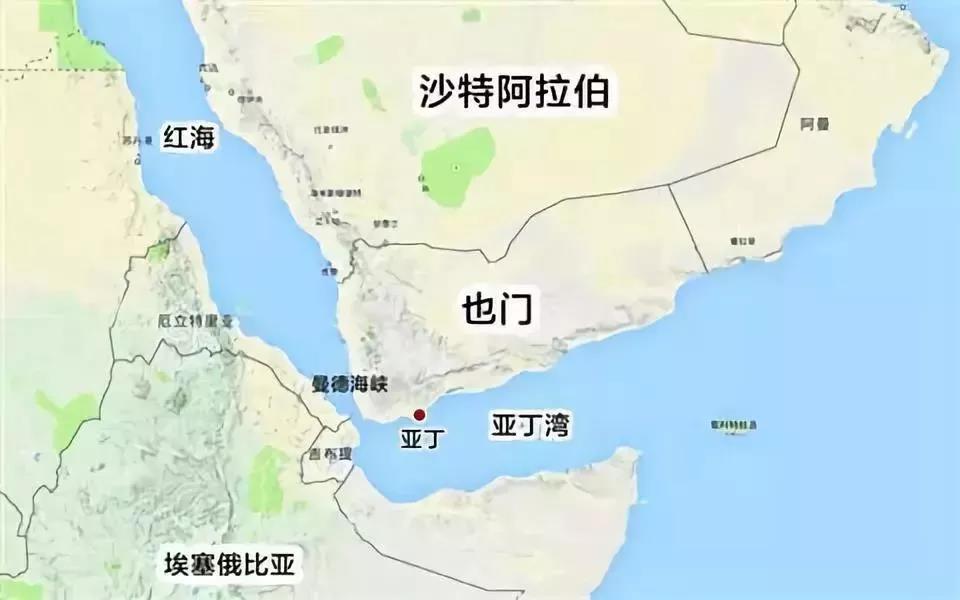
When it comes to mocha coffee, many people will think of Italian milk coffee with chocolate sauce in coffee shops or mocha coffee made from mocha pots. But the Yemeni mocha coffee mentioned here is actually in the early 17th century, when the first batch of Yemeni coffee sold to Europe was exported through the ancient port of Mocha, which surprised Europeans. The delicious coffee shipped from the port of Mocha was called "Mocha Coffee". This is the origin of the name "Mocha Coffee".
Today, the old port of Mocha has long been abandoned because of sediment deposition (today's place name Al Makha). It has become a historic port with only white beach left, and it is exported to the northwestern port of Hodeida. However, people have long been accustomed to the name of Mocha, which is famous to the sky. And the name is still in use today.
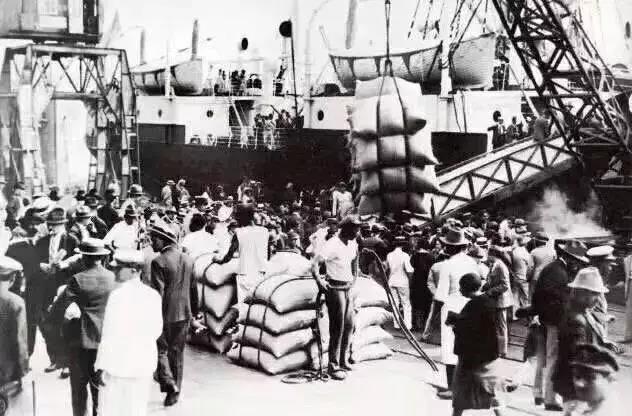
Yemeni coffee producing area
As long as the Yemeni boutique coffee producing areas are concentrated in the central plateau producing areas such as Matali, Shanani and Yishima.
Mokha Mattari: from the western part of the Yemeni capital Sana'a, Bani Mattar (another word is Bany Mattar) Madali's most famous coffee market name. Coffee is produced at high altitude, usually with a good aroma of red wine, dry fruit, thick taste, deep-roasted and often bitter sweet chocolate. Good quality Madali beans are small in shape, with sweet wine and moderate ripe fruit fermentation flavor of raw beans. Always the winner because of the more obvious Yemeni style. About 2000-2400 meters above sea level.
Mokha San'ani: a widespread market name for coffee from some growing areas west of the Yemeni capital Sana'a. It is a mixture of beans from tens of thousands of small farms on the hillside near the capital San'a (left, Sana'a, Yemen). Planted at a slightly lower altitude than Madali, generally speaking, it tastes thinner and less acidic, but it has a good fruit flavor and often has better ripe fruit and wild game than Madali. It's about 1650 meters above sea level.
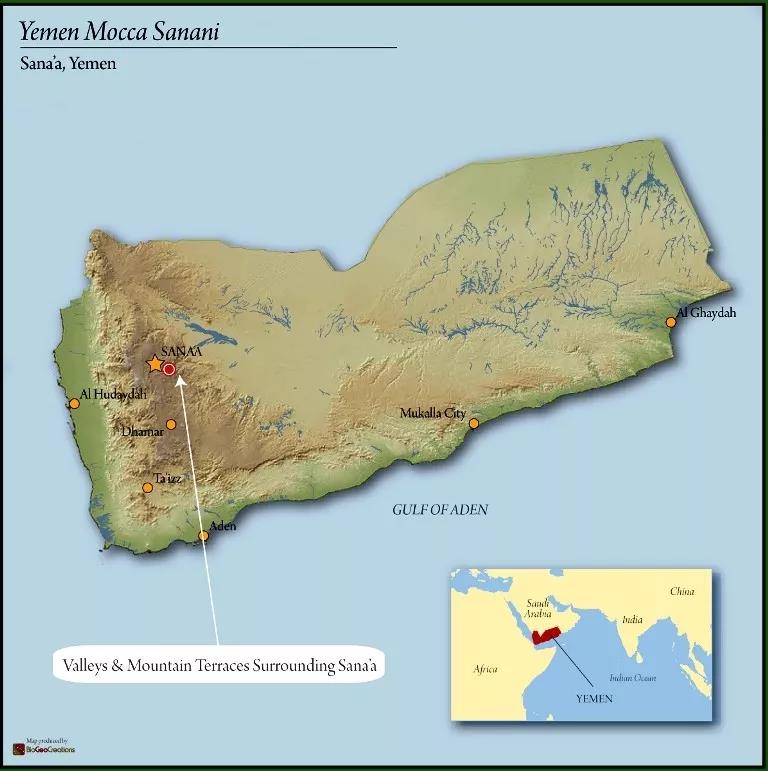
Mokha Ismaili: it is one of the traditional ancient tree species, and it is also said to be a producing area, a market name for a famous coffee from central Yemen, which is also described as a plant classification of traditional Yemeni coffee with high drink quality. Planted at a high altitude, in the rugged mountains of 1981 meters, the beans are characterized by more rounded appearance and inconsistent size, smaller beans than Madali, thick taste and high complexity. In general, they often surpass Madali. This is the least produced and most expensive Yemeni mocha (Yemeni mocha is no longer cheap). The high-quality Mokayishi Mary is produced in the alpine side of Hirazi District (although it is famous as Bani Matar, it is the best local reputation in Yemen). The highest elevation of Hirazi District is as high as 2438 meters!
Yemeni coffee varieties
In recent years, Yemeni mainly grows iron pickup and bourbon. The real variety of Yemeni coffee mentioned above is actually called Udaini (Udini). It is not only an ancient variety of iron pickup, but also one of the most common and oldest varieties of coffee in Yemen. The bean shape is very small, and some people call it mocha. Mocha is flat beans, not round beans, which are small and fragrant.
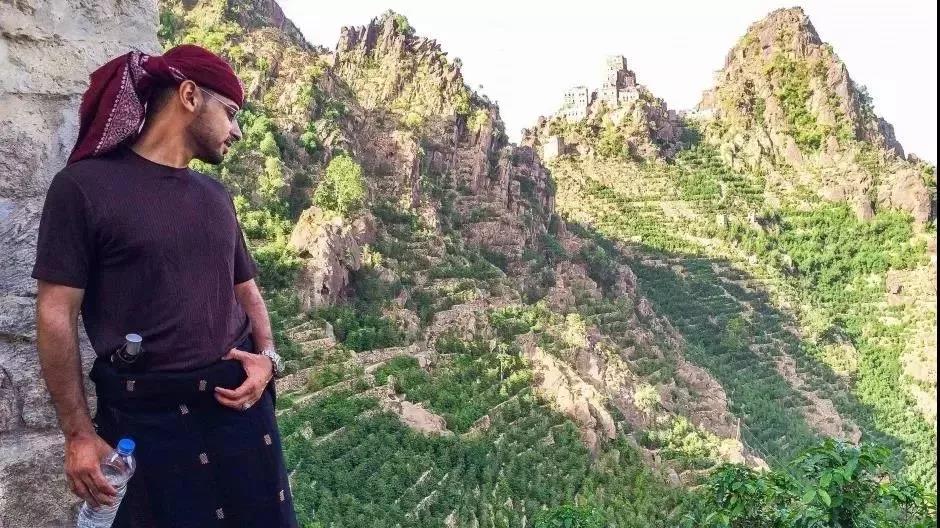
Like and hate the coffee flavor of both poles
The wild flavor of Yemeni coffee makes coffee glutton's evaluation of coffee polarized. those who like this wild taste will think it is the wild flavor brought by fermentation, while those who don't like it will think it is the taste of durian. This kind of flavor evaluation once again aroused the curiosity of Qianjie, so they took the Yemeni mocha to bake at home, and then through the cup test, cooking to feel this wild feeling. Qianjie believes that although the flavor of the Yemeni mocha is wild, spicy and not clean enough, there is always a surprise behind the wildness.
Front Street Coffee Yemeni Mocha Coffee
Country: Yemen
Origin: Matali Mattari
Altitude: 1300 Murray 1900m
Variety: iron pickup, bourbon
Treatment: sun treatment
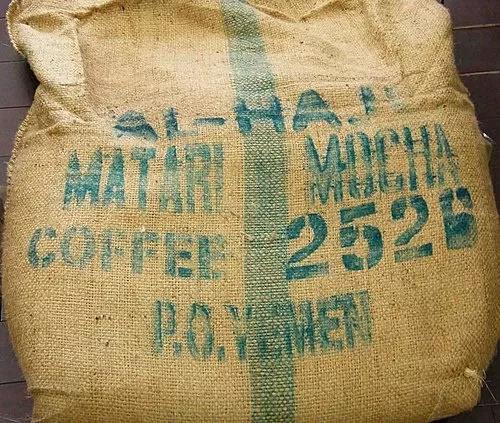
Yemeni sun treatment
The sun treatment of Yemeni farmers is rougher than that of Ethiopia, and the coffee fruit is not picked until it dries on the branches and turns purple-black and falls to the ground to pick it up. This is different from the exquisite sun in which Yejiaxuefei or Sidamo picks red fruit and lays it flat on an "elevated net bed". It is the main reason for the extra heavy game in Yemen, but because the length of time for farmers to store sun-dried beans is different, almost every batch of raw bean flavor has its own ideas.
The natural sun treatment in Yemen is to manually harvest fully mature coffee beans and directly place the newly harvested coffee beans in a special coffee drying yard or in their own compacted soil front yard to receive the sun. During the sun drying period with Taiwan, rice is usually turned over with a wooden rake to keep each bean evenly dried. After about 20 days of coffee drying, remove the outer pulp and peel from the coffee beans. Yemeni coffee is rich in flavor. Complex, wild, mellow, strong fermented taste and low acidity, coupled with the fact that Yemeni coffee often contains an uncertain factor (when it rains in the season), it is not too much to call it the most special coffee in the world.
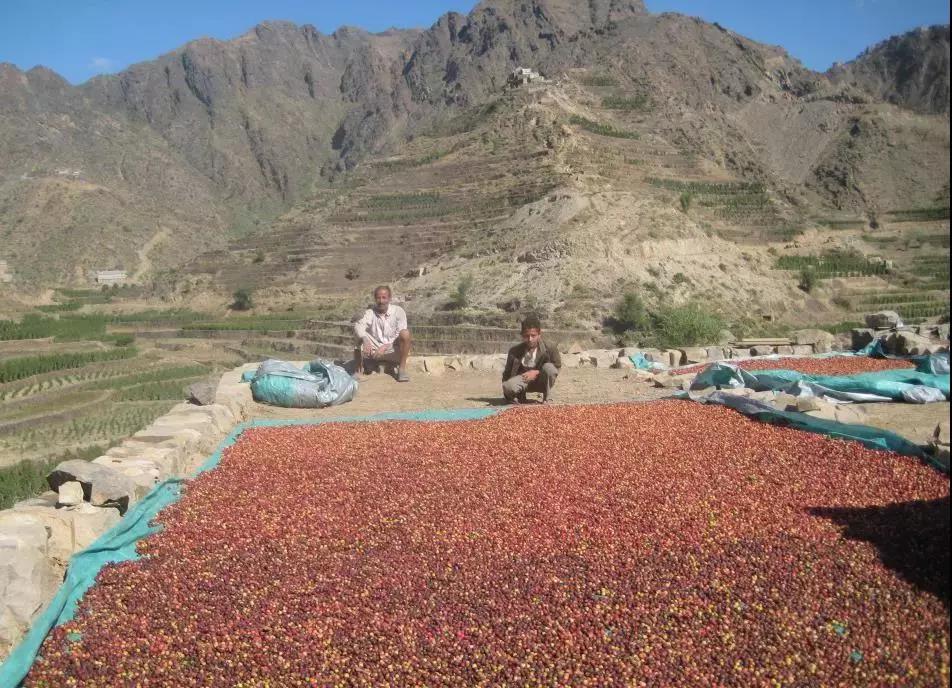
Analysis of Qianjie raw bean
The Yemeni mocha bean has bright acidity in light baking, with sweet fruit, spices and chocolate flavors, red berries, vanilla, cream, caramel and chocolate in medium baking, and obvious chocolate, nuts and spices in deep baking.
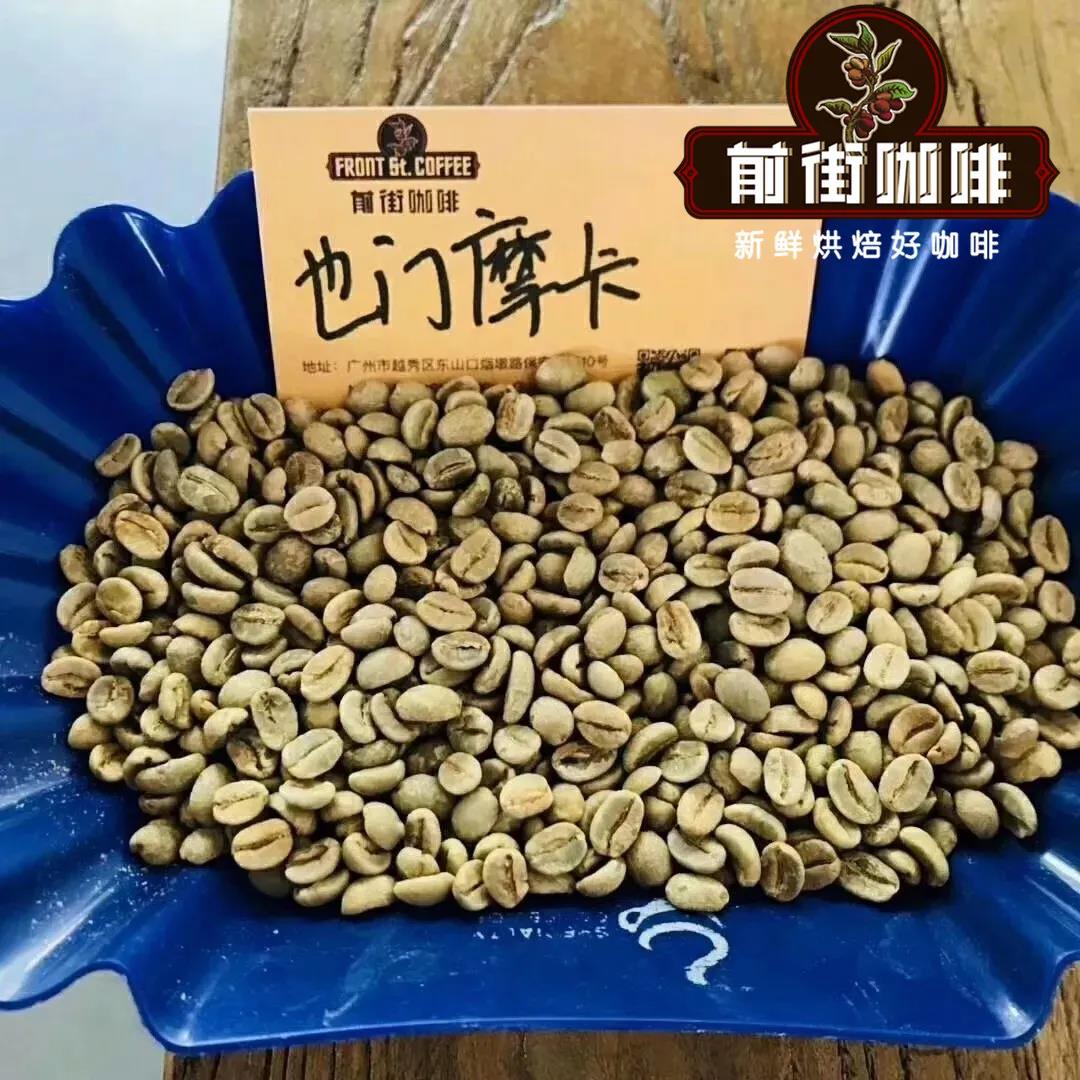
Qianjie baking suggestion
Qianjie baker chose moderate baking in terms of baking degree, and Yemeni mocha belongs to raw beans with less water, and considering the different sizes of beans, the temperature under raw beans with low moisture content should not be too high, and dehydration is accelerated in the early stage. retain moisture to develop flavor and taste. Preheat for 30 seconds, open the throttle to 3 until the color of the raw bean turns light green or white, open to 4, explode and open to 5 (maximum).
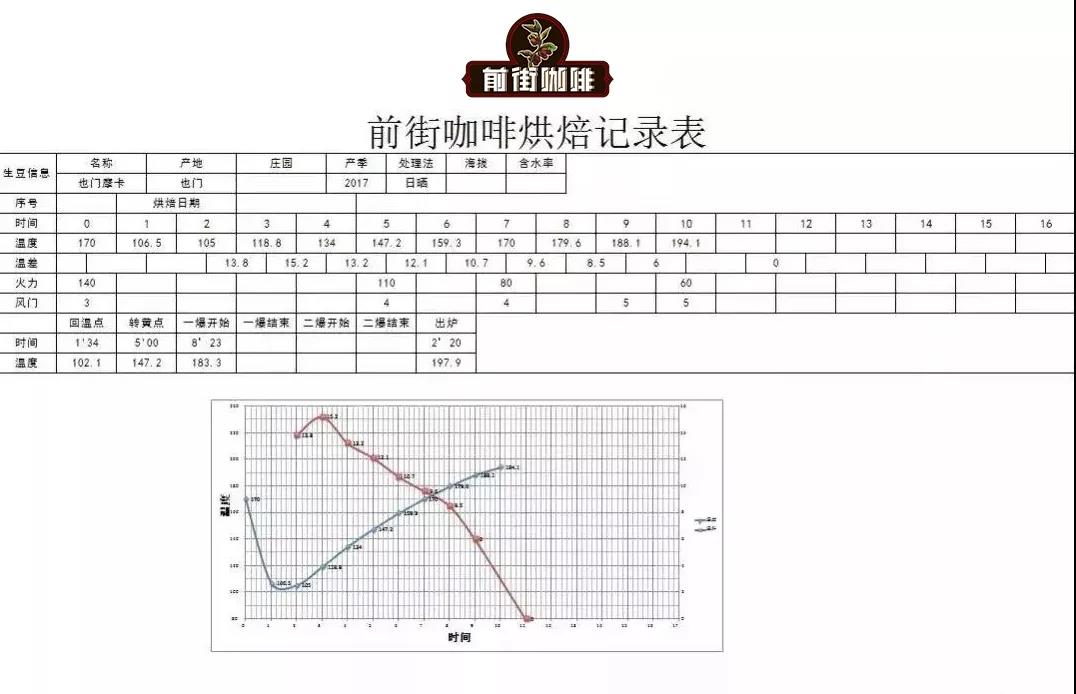
The temperature of the furnace is 170 degrees Celsius, the fire power is 140C after opening the throttle for 1 minute, the throttle is unchanged, the temperature is 147.2 degrees, the bean surface turns yellow, the smell of grass disappears completely, the dehydration is completed, the firepower is adjusted to 110C, and the throttle is changed to 4.
In the 8th'00 minute, ugly wrinkles and black markings appear on the bean surface, and the smell of toast obviously changes to the smell of coffee, which can be defined as a prelude to an explosion. At this time, listen carefully to the sound of the explosion point, start to explode at 8: 23 ", turn the firepower down to 60 degrees, and the throttle is fully open (adjust the firepower to be very careful not to be so small as to be free of bursting sound), and put the pot at 197.9 degrees.
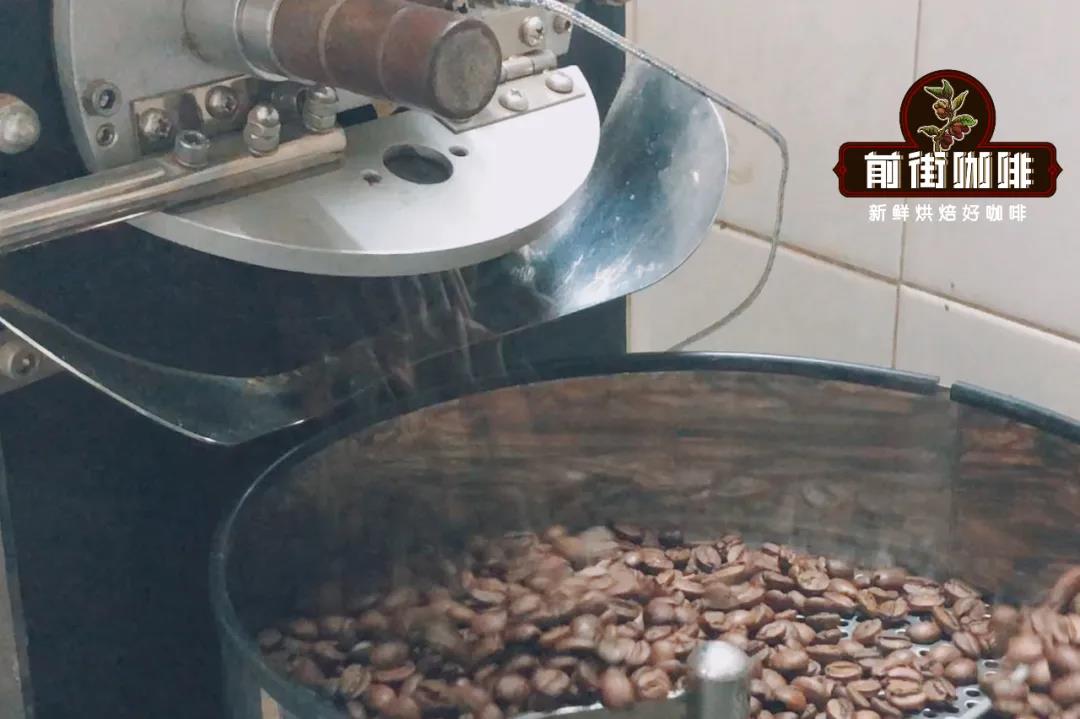
The suggestion of cooking in Qianjie
Qianjie recommends using Kalita filter cup to brew Yemeni mocha coffee. Kalita trapezoidal filter cup design shows a wide and narrow shape from the side, showing a circle at the top, this design is conducive to the concentration of water, but also can make coffee particles evenly distributed, reduce the stacking condition, more ribs on the cup wall, a linear distribution, the distance between the ribs is the same, the purpose is to increase exhaust and flow speed. At the same time, its flow rate is relatively slow, and it is mainly extracted by soaking, which can show a better alcohol thickness.
Grinding: White granulated sugar size / medium coarse grinding (20 standard screen pass rate 70-75%)
Water temperature: 90 ℃
Powder / water ratio: 1:15
Amount of powder: 15g
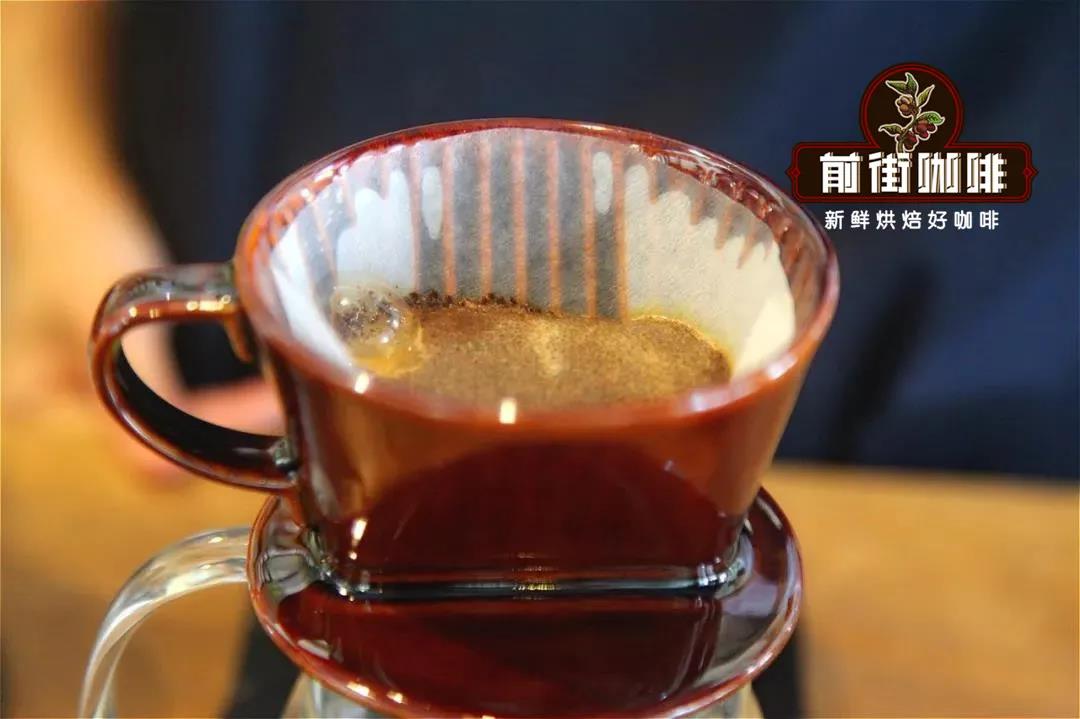
Qianjie segmented cooking technique: first, the powder layer was evenly wetted by injecting 30g water around the circle, and steamed for 30s. Then slightly increase the water flow injection, direct the middle small flow water injection to 125 g section, wait for the water level drop to expose the powder bed, continue the central small flow water injection to 225 g cut off water, and remove the filter cup when the water level drop is about to expose the powder bed. The steaming starts and the extraction time is 2 minutes 39 percent 00.
Brewing flavor: the middle layer is complex, a little bit of grape acid appears at the end of the mouth, the spice is long, Shengjin is sweet and round with Middle East milk tea for a long time, and there is malt sweet at the bottom of the cup.
For more boutique coffee beans, please add private Qianjie coffee on Wechat. WeChat account: kaixinguoguo0925
Important Notice :
前街咖啡 FrontStreet Coffee has moved to new addredd:
FrontStreet Coffee Address: 315,Donghua East Road,GuangZhou
Tel:020 38364473
- Prev
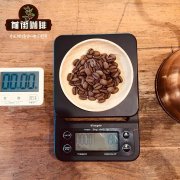
What boutique coffee beans are there in Yemen?
For more information on coffee beans, please follow the coffee workshop (Wechat official account cafe_style) Mokamadali (Mokha Mattari): the most famous coffee market name in the province of Mardali, west of the Yemeni capital Sanaa (another word is Bany Mattar). It is coffee produced at high altitude and usually has good red wine.
- Next
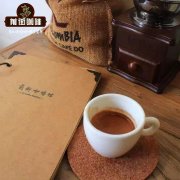
Unusual Ethiopian Coffee: an introduction to Ethiopian Lim Coffee
Professional coffee knowledge exchange more coffee bean information please follow the coffee workshop (Wechat official account cafe_style) Ethiopia Ethiopia G2 washed Ethiopia Washed Limu G2 country: Ethiopia (Ethiopia) production area: Limu (native species) producer: Heirloom (native species) producer: Limu production area local coffee is small
Related
- Detailed explanation of Jadeite planting Land in Panamanian Jadeite Manor introduction to the grading system of Jadeite competitive bidding, Red bid, Green bid and Rose Summer
- Story of Coffee planting in Brenka region of Costa Rica Stonehenge Manor anaerobic heavy honey treatment of flavor mouth
- What's on the barrel of Blue Mountain Coffee beans?
- Can American coffee also pull flowers? How to use hot American style to pull out a good-looking pattern?
- Can you make a cold extract with coffee beans? What is the right proportion for cold-extracted coffee formula?
- Indonesian PWN Gold Mandrine Coffee Origin Features Flavor How to Chong? Mandolin coffee is American.
- A brief introduction to the flavor characteristics of Brazilian yellow bourbon coffee beans
- What is the effect of different water quality on the flavor of cold-extracted coffee? What kind of water is best for brewing coffee?
- Why do you think of Rose Summer whenever you mention Panamanian coffee?
- Introduction to the characteristics of authentic blue mountain coffee bean producing areas? What is the CIB Coffee Authority in Jamaica?

